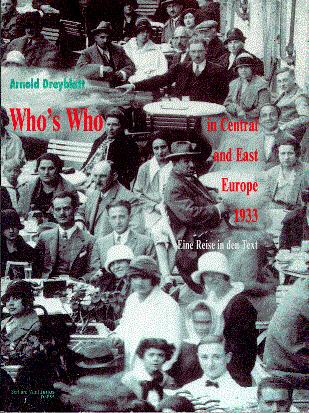|
From Book to Book, A Journey in the TextIn creating a new groundwork, the originally selected 765 biographies were reorganized into a more sophisticated organization (in Filemaker Pro for Macintosh) as had been used in writing the "libretto" for the performance some years before. The system of categories were revised extensively and lists of new "keywords" were created out of renewed readings of the biographies and through the use of "search engines" and word frequency analysis. The revised system of categories and newly created word lists were then used in creating the final text for this book. The process was one of "sifting" through and "whittled down" in a subtractive process which I liken to "mining for gold". One accepts the limits of the "book", working only with the words and fragments which the original contributors wrote themselves. Each fragment takes on varying meanings when presented within a different context. With word searches one throws the dice, each time turning up new and often unexpected gains of significance and colors of variation, dredging up more and more material, most of which must finally be "thrown away" to reveal the essence of a theme. In conceiving of a basic visual and functional
structure for this "new" book, I was greatly
inspired by the printed form of the Jewish Talmud and of
much Medieval Rabbinical Bible Literature. Here one
finds, on a single page, central "source" texts
from Torah surrounded by multiple "peeled onion
skin" layers of often conflicting commentary and
interpretation in an endless ongoing conversation carried
out over centuries internationally. Excerpts and text
fragments are often cross-referenced to related pages and
topics in other sections and volumes. One has the sense
of entering an information network of ever increasing
complexity, in which all individual elements connect to
each other in a kind of medieval "hypertext".
It a model which demonstrated to me a possibility for
Hyper-textuality in two-dimensional book form. (Indeed, I
have only recently discovered that much of this material
is now being issued within a Hypertext structure by a
computer software firm in the United States).
I created an "electronic" version of this book (without images) within a hypertext "point and click" architecture in the American program "Storyspace" (15) in 1994 which included 4,947 links. Continue: The Arena of Memory |
